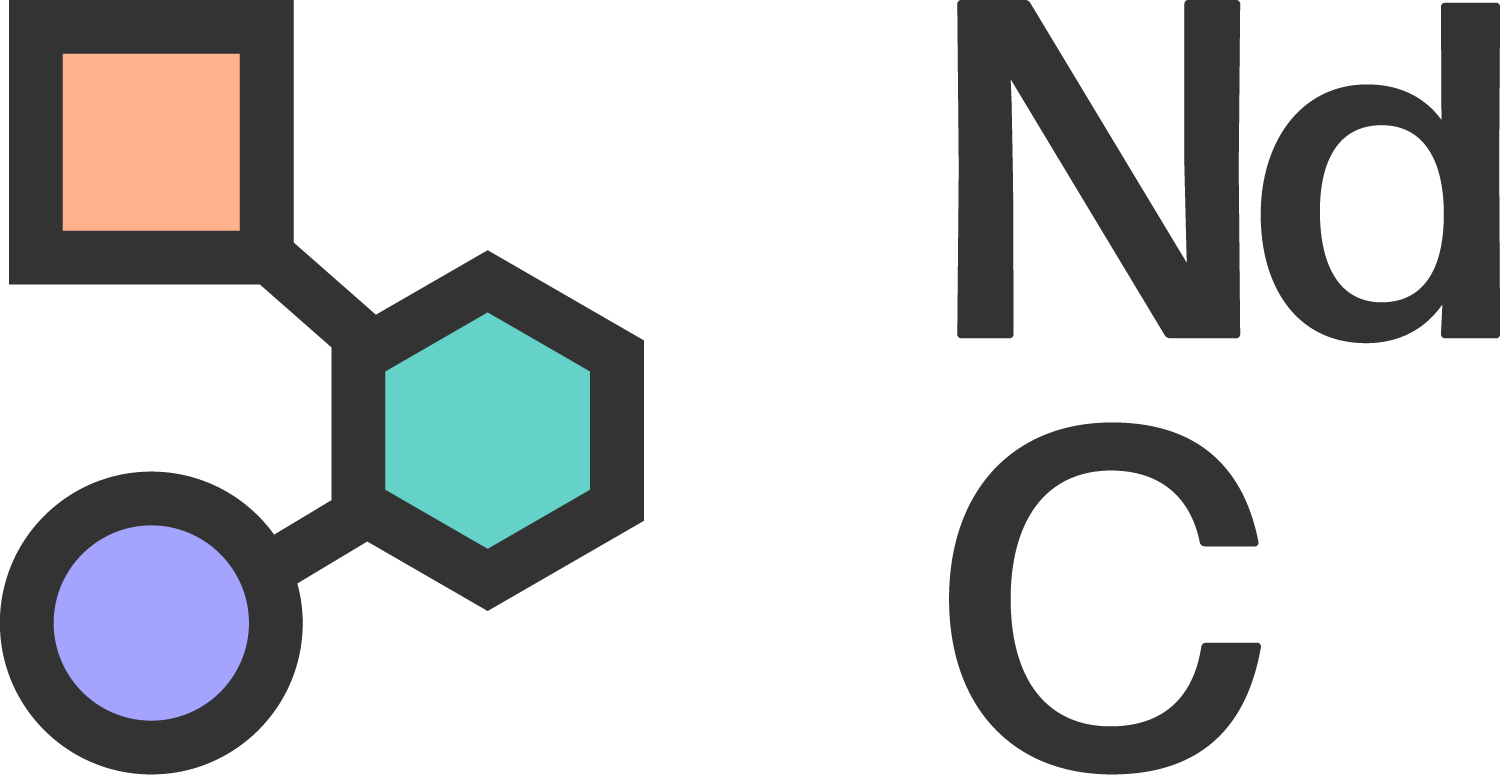Thoughts and feelings about ABA
Today we’re joined by guest contributor, Dr Beverley Samways, for the latest ‘AGAINST PBS & ABA’ campaign blog. Dr Samways explores her thoughts and feelings about Applied Behaviour Analysis (ABA) and shares poignant examples of her experiences as a professional who seeks connection over compliance.
“Thoughts and feelings?” I have asked this question for years to my sister’s kids when we’re choosing things. I prefer this to “any thoughts?” as it validates the dual role our thoughts and feelings have in discernment.
So, here are my thoughts and feelings about ABA.
As a self-injury specialist, I’ve read a lot of ABA papers. The processes of functional analysis and operant conditioning have arguably been established in cases with individuals whose self-injury has escalated out of control – and they have good lab-based results. So, as a twenty-something carer working in social care, I read the small numbers of papers that were open access, as I desperately sought answers – any answers – for a young girl we were caring for who could not seem to stop hitting herself in the head. ABA was the only place I could find answers back then.
Despite my inexperience and naivety, it all felt rather perfunctory. Were we really making sense of the relentless thud-thud-thud, the tears and the desperation through the lens of ‘learnt behaviour’? It made sense… But it didn’t ring true when I was with her and my heart was breaking – not just because of the self-injury, but because of the waves of fury and fear that poured off her, and because of her story-so-far and wondering how I would have fared in her shoes.
Apropos of nothing, I wrote a care plan suggesting that we should speak to her only with kindness, take gentle care of her body that she didn’t show love towards, and shower every moment of self-control with affirmation. She consumed my nights and days, my thoughts and prayers for two years, as she imperceptibly, and then measurably, stopped hurting herself. At the end of that, we were friends. We still are. She taught me almost everything I know about self-injury.
A few years ago, I had the opportunity to visit the places I had read about in my twenties – to hang out in the ABA clinics that are still publishing success stories, and are now beginning to talk about being trauma-informed. There’s a lot to say about these places – including that they are typically run by kind, smart people who want to change people’s lives. And they do see change. So that gets me thinking.
But here’s one memory from that experience: I am with a therapist and a four-year old boy in a small room where he is completing tasks – jigsaws and educational toys. His drink is on a high shelf, and when he points to it, she redirects him to the tablet, where he points to the drink symbol. Each time he does this, she looks down to log the target behaviour in her tablet, whilst he has the ‘appropriately-requested’ drink.
The regime is boring to me. But the child is not. And so I fix my attention on this small boy, focusing my head and heart on him. He is babbling quietly into the jigsaw on the table - clearly distinguishable syllables emitting within an intermittent soundtrack of hums, sending out his crackling frequency into the ether around him as both a shield and an antennae: is there anyone out there?
Instinctively, I mirror back his soundtrack at a volume that is only audible to him. I let the sound overflow my lips like a brook, let it trickle out to meet his rippling sounds, pushing it gently along to see if he will register it. His back is towards me and he does not turn to look at the source of the echo. But as it meets his sound-shield, he glides quickly back into my body, pushing his ear up to catch my echo and his tiny body into mine. And there we are. Together. In the sound and the space and the conversation together.
The therapist lifts her head from her iPad, and I meet her gaze with my eyebrows raised in surprise, wondering what she will make of this boy with his back and ear pressed into my sound and form – a sudden, inexplicable connectedness.
She looks. But she doesn’t see. She can’t have, right? Because she calls this small boy back to his tasks again: out of connectedness and into his target behaviours. And he goes.
It’s denial to say ABA doesn’t get ‘results’. It does. It produces some of the best data outputs, progress graphs and ‘maladaptive behaviour’ reductions. But what do we want? Do we want children alone and compliant? Or do we want children who are messy and tricky and wildly creative and rule-breaking – but who are connected, who we see, who we know and know how to be with.
What do we actually want?

